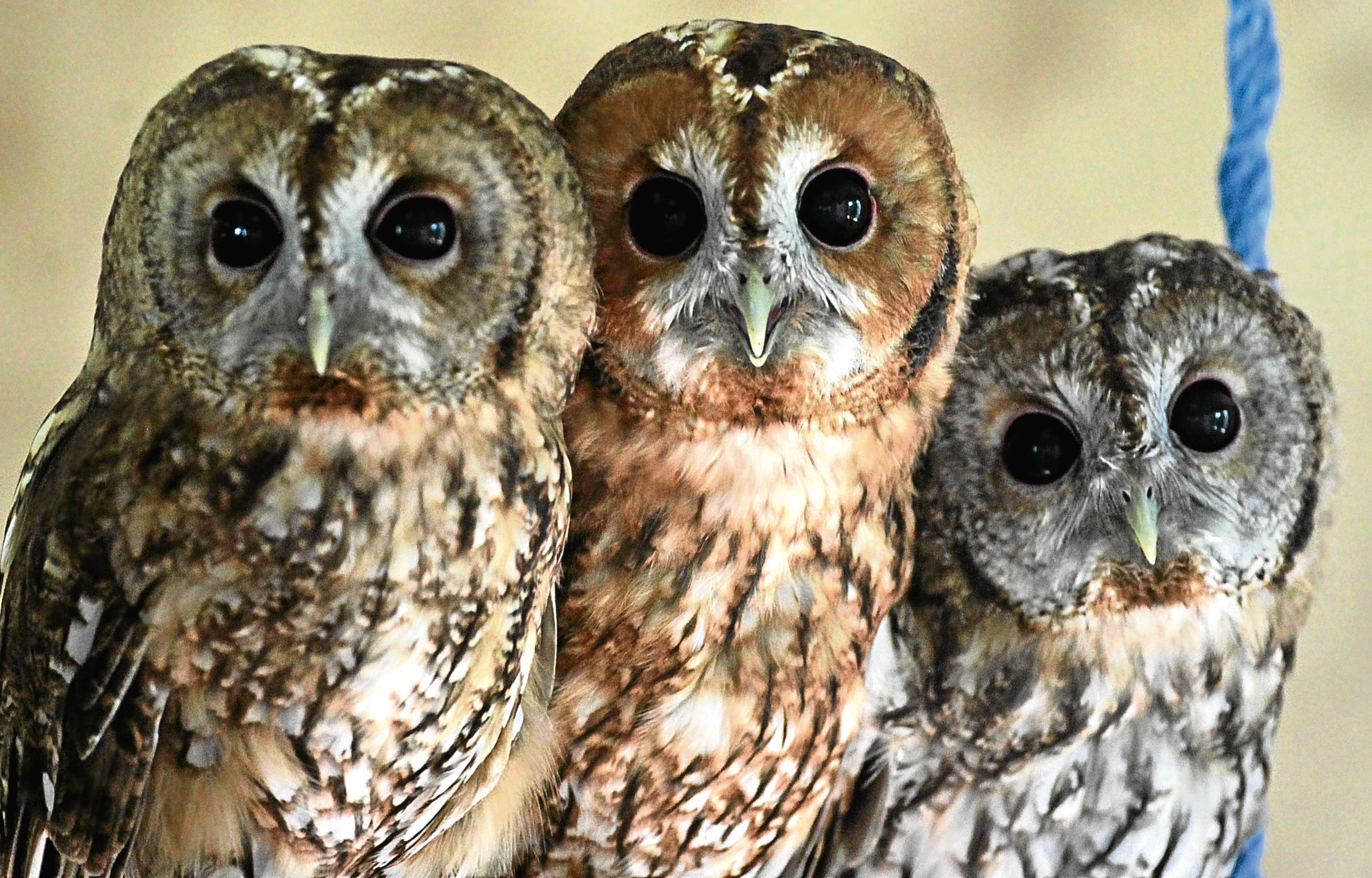
MIRIAM Darlington travelled far from her Devon home to study the birds that fascinated her for her new book, Owl Sense (Guardian Faber).
Miriam told Bill Gibb the Honest Truth about these beautiful and secretive birds
When did your love of owls begin?
When I was about nine on summer holiday and seeing a barn owl hunting at sunset.
I was smitten. It was so buoyant in its movements and so perfectly silent. We were staying on a farm, so I could go out each night and watch it.
That was it, the fascination never left me.
What did you set out to do for the book?
The plan was to try to see the five native species of owl in Britain in their natural habitat – the barn owl, tawny, long-eared, short-eared and little.
I wanted to find all of them, and then I found out there were a few pairs of eagle owls that had been introduced, so I had to see those, too.
Where did your travels take you?
I couldn’t find the eagle owls in the wild here, as their location is very hush-hush for their protection, so I travelled to Finland where a naturalist took me to see some nesting way out in the Taiga forest.
This was truly an expedition into the wild, and it whetted my appetite to carry on further.
I also saw Ural owls, and then I thought, why not try to see all 13 European species. So I set out to see pygmy owls, scops owls and the elusive snowy, too. I think I became an owlaholic!
How long have owls been around and how many species are there?
Owls have been around for more than 60 million years.
There are at least 260 species and it would be truly awesome to see some of the more exotic species.
Blakiston’s fish owl lives in the Far East, Korea and Hokkaido in Japan. It has a wing span of nearly two metres and special barbs on its feet for hunting slippery prey.
The elf owl, the world’s smallest owl, nests inside cactuses in Arizona. I feel like I am still not quite done with owls.
What are the main characteristics of owls?
They have amazingly large eyes that in some species take up most of the skull but because of this, they cannot swivel their eyes as they are fixed by special extra strong tubes.
This is why they have to swivel their heads 270 degrees in that spooky, exorcist-style fashion.
But they cannot see in complete darkness.
It is their hearing that is probably their most powerful sense. They can hear the high-pitched sounds of mice nibbling, so they can catch them before they even make a squeak.
No wonder our ancestors thought owls had supernatural powers.
What was the strangest owl you saw?
The pygmy owl was probably the most unusual. It has bright, yellow eyes, is speckled all over with whitish-silver spots, nests in old woodpecker nests high in the mountains in an isolated part of France, and flies out to hunt during the day.
It has a lovely whistling call that travellers used to feel was a lucky omen.
And the most memorable encounter?
The time I was at home drinking a cup of tea at dawn and thinking, I really must get on with this owl book, and all of a sudden a beautiful tawny owl landed beside me on the balcony.
We stared in surprise at one another for a few moments. Its eyes were so black they made me shiver.

Enjoy the convenience of having The Sunday Post delivered as a digital ePaper straight to your smartphone, tablet or computer.
Subscribe for only £5.49 a month and enjoy all the benefits of the printed paper as a digital replica.
Subscribe